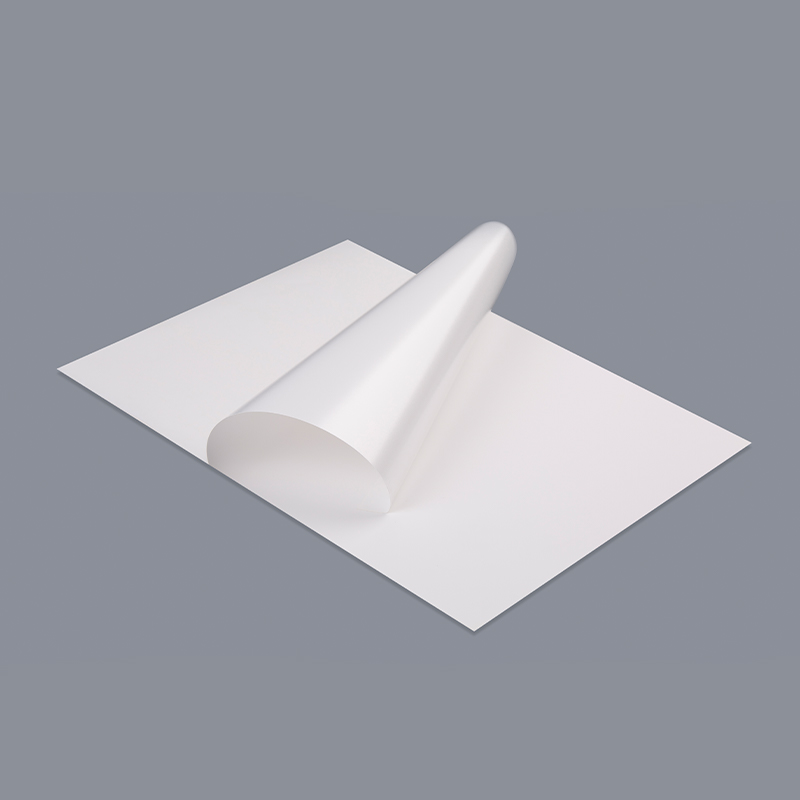The silicone coating process for release liners involves several key steps to apply a thin layer of silicone onto a substrate, typically paper or film. Here’s an overview of how the silicone coated release liner is produced:
Substrate Preparation:
The process begins with preparing the substrate material, which can vary and includes options such as Glassine Paper, PE Coated Kraft Paper (PEK), Kraft Paper Liner, PET Film Liner, CCK, and Coated Art Paper. These substrates are chosen based on specific application requirements for the release liner.
Silicone Coating Application:
The prepared substrate passes through a coating station where silicone is applied. Silicone coatings are typically in the form of a liquid or emulsion that contains silicone polymers and additives to control viscosity, curing properties, and release characteristics.
The coating can be applied using various methods, including direct gravure coating, flexographic printing, or slot die coating, depending on the desired thickness and uniformity of the silicone layer.

Drying and Curing:
After the silicone is applied to the substrate, the coated material enters a drying and curing oven or chamber. This step is crucial to evaporate the solvent (if present) and cure the silicone coating.
Curing can involve heat and/or UV radiation, depending on the type of silicone formulation used. Proper curing ensures that the silicone forms a durable and stable release layer on the substrate.
Calendering and Surface Treatment:
In some cases, the silicone coated release liner may undergo additional processing steps such as calendering to smooth out the surface and improve dimensional stability.
Surface treatments may also be applied to enhance specific properties like printability, smoothness, or adhesion compatibility with adhesives.
Quality Control and Testing:
Throughout the coating process, quality control measures are implemented to monitor coating thickness, uniformity, and adherence to release specifications.
Release force testing is performed to verify the effectiveness of the silicone coating in facilitating clean and consistent release from adhesive materials.
Slitting and Rewinding:
Once the silicone coated release liner meets quality standards, it is slit into narrower rolls according to customer specifications.
Rewinding ensures that the release liner is wound neatly onto cores, ready for shipment and subsequent conversion into adhesive labels or other products.
Packaging and Distribution:
The finished silicone coated release liner is packaged securely to protect it during transportation and storage. Packaging may include interleaving layers to prevent sticking between rolls.
The silicone coating process for release liners is designed to create a smooth, durable, and uniform release layer that enhances the performance of adhesive products. Each step—from substrate selection to curing and quality control—is critical to producing release liners that meet the stringent requirements of various industries such as labeling, packaging, and manufacturing.

 English
English Español
Español русский
русский Français
Français عربى
عربى











